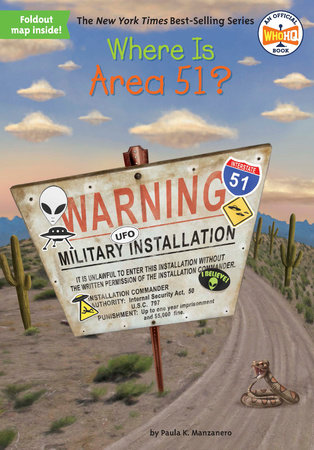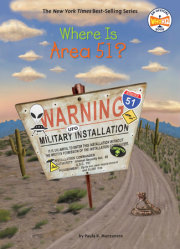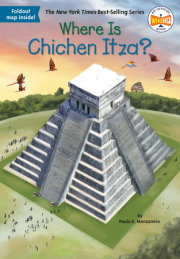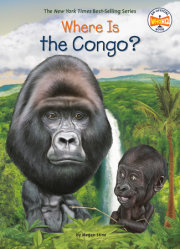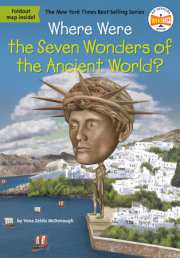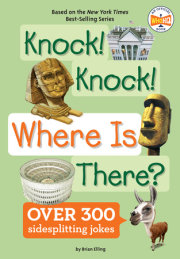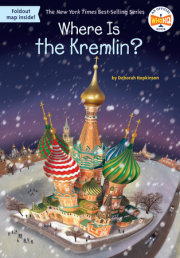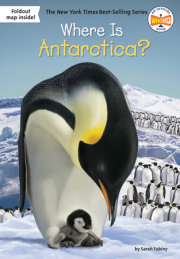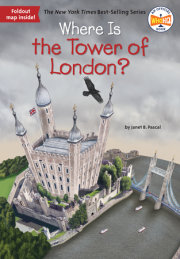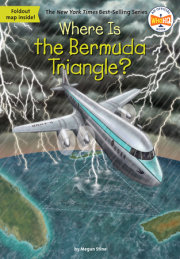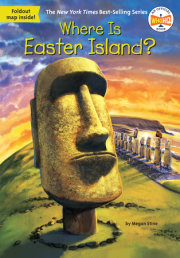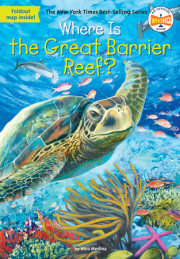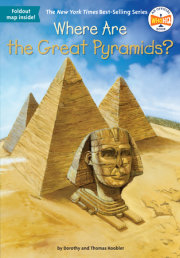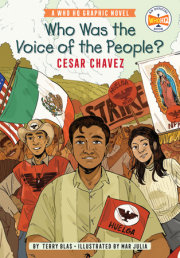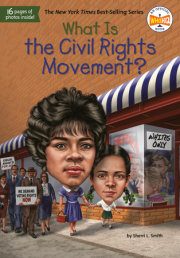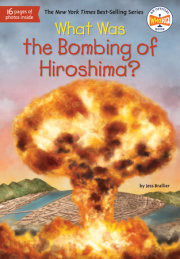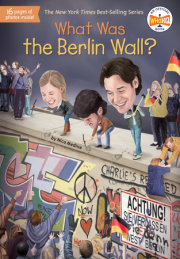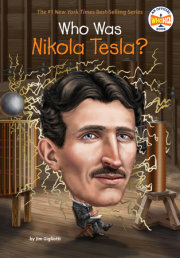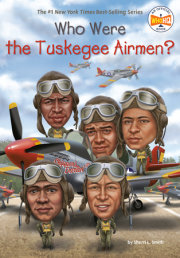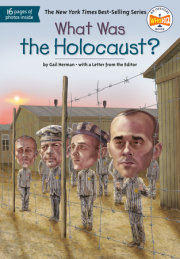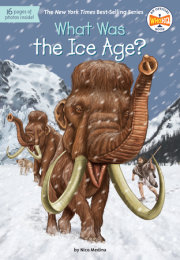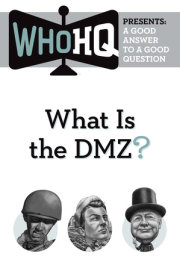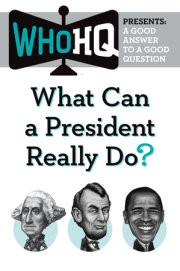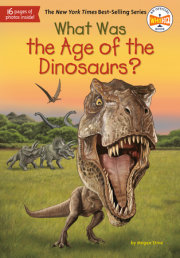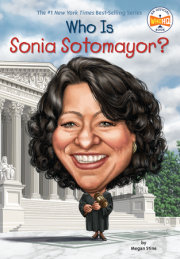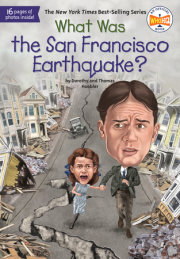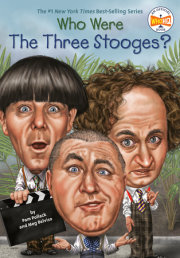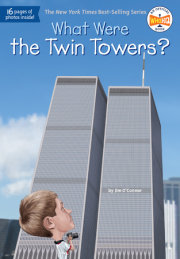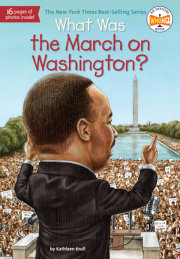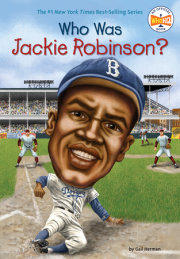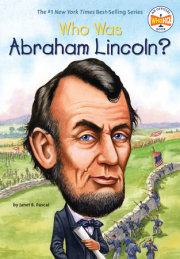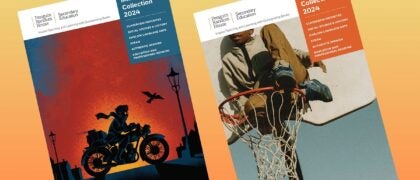Where Is Area 51? On June 14, 1947, a ranch worker named William Brazel found a pile of strange items smack in the middle of an open field near Roswell, New Mexico. It included some wood, foil, and rubber. Where had these things come from? They weren’t things that belonged out on the ranch. When Brazel went to town on July 7, he told the local sheriff about what he’d found, who immediately reported the findings to the US Army Air Force base nearby in Alamogordo. The sheriff thought all of these things probably had come from the army airfield, which was just down the road.
Right away, US government scientists arrived to investigate. They said that the found objects had been pieces of a crashed weather balloon. The Army Air Force had been testing large weather balloons in the area during a powerful storm earlier in the week.
This made sense, but some people were suspicious. Men from the base had arrived so quickly and cleaned the site so well. Were they trying to hide something? If so, what could it be?
On July 8, the
Roswell Daily Record printed a startling headline that said “RAAF Captures Flying Saucer On Ranch in Roswell Region.” (The RAAF was the Roswell Army Air Field.) And the headline, although later corrected, fueled one of the greatest mysteries in US history.
Why would the newspaper print a story that wasn’t true? The residents of Roswell began to wonder. Some people—including many who lived nowhere near the town—began telling stories of metal beams and strange objects that had been recovered at Roswell. They believed the first newspaper story was true. They said that the army had removed all evidence of a flying saucer and its alien passengers.
As years passed, many of these people came to believe the “evidence” had been taken to a secret government site deep in the Nevada desert. The site was two states and nearly nine hundred miles away, on the edge of Groom Lake. It was referred to simply by its location on the map: Area 51, one of the most secretive, off-limits places on the planet.
Chapter 1: Just a Space on the Map Area 51 is located in the southern corner of Nevada, in the harsh Mojave Desert of the western United States. There were originally iron and silver mines and small mining communities dotting the flat, dry landscape that includes mesas, salt flats, and dry lake beds of hardened clay.
In 1942, there were only two dirt runways on the property near Groom Lake. The area was used by the US Army for bomb practice. The number fifty-one in Area 51 is believed to refer to the parcel of land as named on the surveyor’s map created in the early 1950s.
It was in these types of lonely desert areas of the American southwest that bombing tests could be conducted—including tests of the nuclear weapons used in World War II. The types of nuclear weapons that were being tested were explosive devices that released huge amounts of destructive energy. These included the hydrogen bomb and the atomic bomb.
The US bases that developed these weapons included Los Alamos and Alamogordo, both in the state of New Mexico.
Because even a small nuclear bomb can devastate an entire city, wide-open and unpopulated spaces were the safest places to test them. The US government also felt that the desert provided enough privacy for these top secret projects.
Area 51 sits just outside America’s only atomic bomb range, which was called the Nevada Test Site. From 1951 to 1992, nuclear weapons were exploded aboveground and underground in tunnels and specially drilled shafts.
At first, the site was called “Paradise Ranch” to attract employees. The Central Intelligence Agency (CIA) conducted background checks on anyone wanting to work there.
CIA agents asked each job applicant’s friends and neighbors if they thought the person might be a foreign spy. The CIA wanted to be absolutely certain that everyone working at the site could be trusted.
The land around the Nevada Test Site belonged to the Atomic Energy Commission. The US government has always referred to it simply—and mysteriously—as an “operating site,” never acknowledging the existence of Area 51 until as late as 1998!
Originally only six miles wide and ten miles long, Area 51 came to encompass over four hundred square miles of restricted land and airspace. (
Restricted means that the area is very tightly controlled.) A large military airfield sits at its center, on the southern edge of Groom Lake. This dry lake bed, about three miles across, has become a US government landing strip for experimental aircraft. These are new types of planes that are developed with the very latest technologies.
Copyright © 2018 by Penguin Random House LLC. All rights reserved. No part of this excerpt may be reproduced or reprinted without permission in writing from the publisher.

